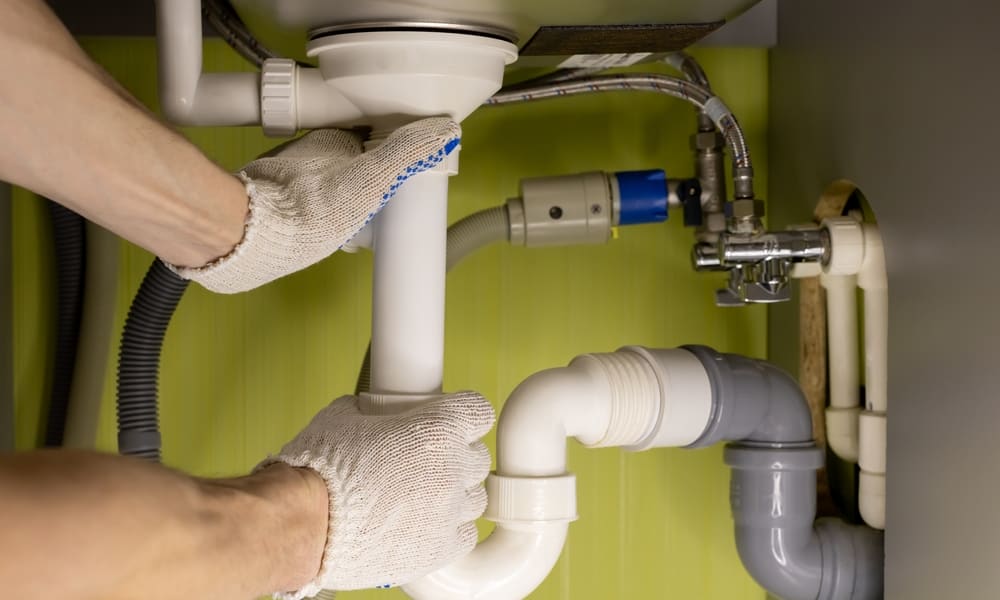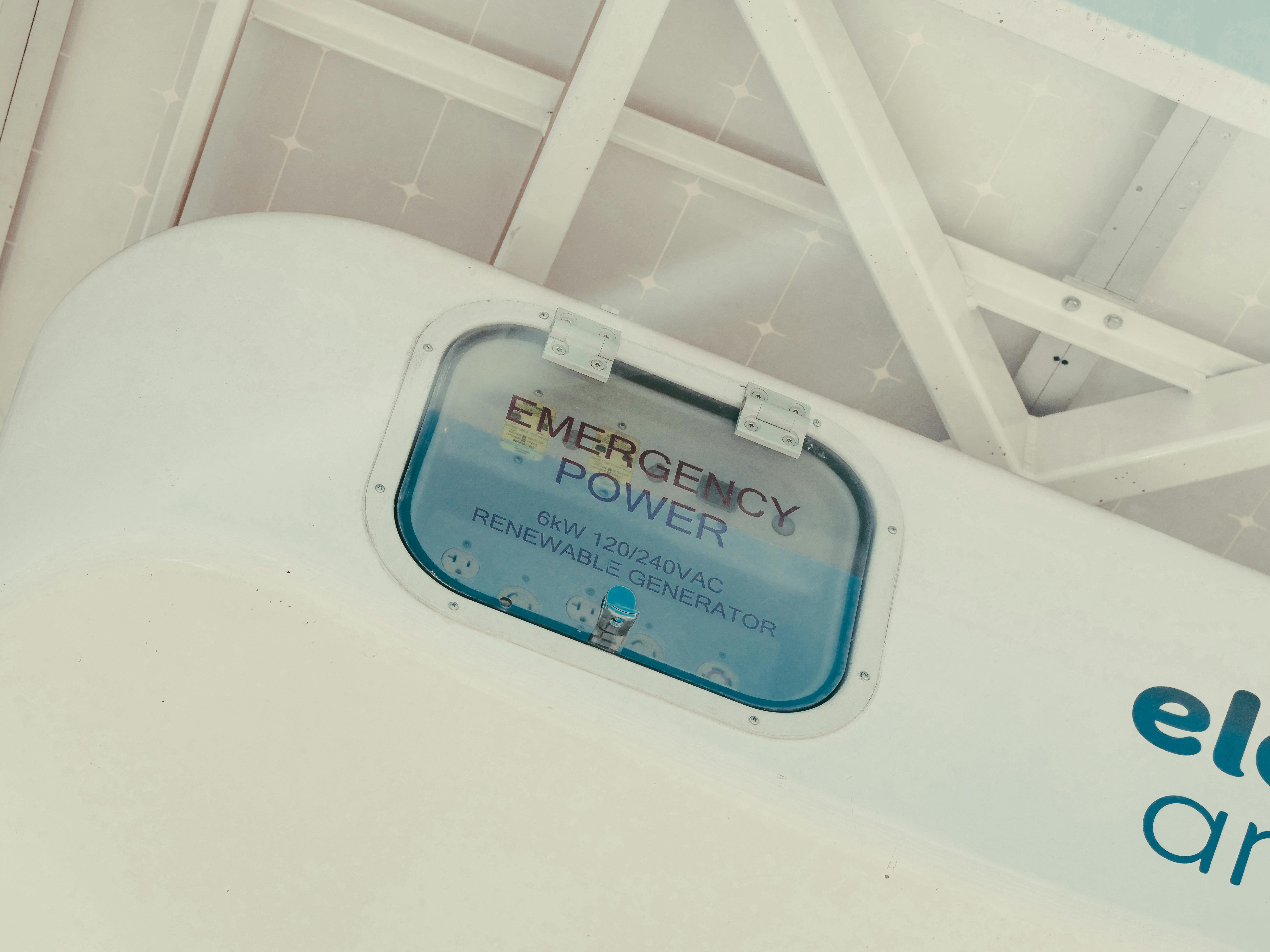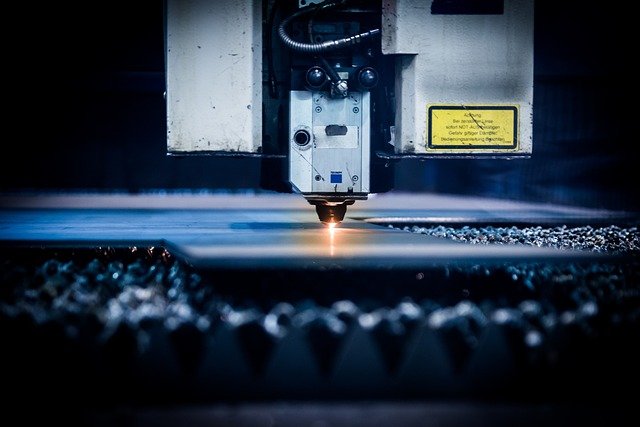Wall Panels and Wall Sticker Panels: Benefits and Why You Should Consider Them for Your Home
Wall panels and wall sticker panels offer a stylish, easy-to-install solution for transforming your home’s interior. Whether for enhancing room acoustics or simply adding a modern touch, these panels are versatile and low-maintenance, making them perfect for any space.

Wall panels and wall sticker panels have gained significant popularity in recent years as homeowners seek creative yet practical ways to enhance their living spaces. These versatile wall coverings offer solutions for both aesthetic improvements and functional challenges in various rooms. Whether you’re looking to add texture, create a focal point, or simply refresh your space without major renovations, wall panels and sticker panels provide accessible options worth considering for your home improvement projects.
What Are Wall Panels and Wall Sticker Panels?
Wall panels are decorative elements installed on walls to add dimension, texture, and visual interest to interior spaces. They come in various materials including wood, MDF (medium-density fiberboard), PVC, fabric, and even metal. Traditional wall panels often serve both decorative and functional purposes, such as providing insulation or acoustic benefits.
Wall sticker panels, on the other hand, represent a more modern innovation. These are typically lightweight, self-adhesive panels designed for easy application and removal. They mimic the appearance of traditional panels but with significantly simpler installation requirements. Common varieties include 3D textured panels, faux brick or stone panels, and decorative geometric designs that create the illusion of custom millwork or architectural details.
Main Benefits of Wall Panels
The popularity of wall panels stems from their numerous practical advantages beyond mere decoration. First, they offer excellent wall protection, creating a barrier against scuffs, marks, and everyday wear that would otherwise damage painted surfaces. This protective quality makes them particularly valuable in high-traffic areas like hallways and entryways.
Insulation represents another significant benefit, as many panel types improve thermal efficiency by adding an extra layer between interior spaces and external walls. This can contribute to energy savings and increased comfort. Additionally, certain wall panel materials provide acoustic benefits by absorbing sound waves and reducing echo, making them ideal for home theaters, music rooms, or spaces where noise control is desired.
Maintenance simplicity also ranks high among wall panel advantages. Unlike painted surfaces that may require frequent touch-ups, most wall panels can be cleaned with simple wiping or dusting. This ease of care makes them practical choices for busy households or commercial environments.
Aesthetic Advantages of Wall Panels and Stickers
The visual impact of wall panels and stickers cannot be overstated. They instantly transform ordinary walls into design features that can define a room’s entire character. Textured panels create depth and dimension that flat paint simply cannot achieve, while patterned options introduce visual rhythm and movement to spaces.
These wall coverings also excel at creating focal points in rooms that lack architectural interest. A paneled accent wall behind a bed or sofa draws attention and anchors furniture arrangements effectively. The wide variety of styles available—from sleek, contemporary designs to traditional wainscoting patterns—ensures compatibility with virtually any interior design approach.
Color and material versatility further enhance their appeal. While natural wood panels bring warmth and organic texture, painted MDF panels can introduce bold color statements. Metallic panels offer modern sophistication, while fabric-covered options add softness and can improve room acoustics simultaneously.
Installation and Maintenance Considerations
Installation complexity varies significantly between different panel types. Traditional hardwood or MDF panels typically require professional installation involving measuring, cutting, adhesives, and sometimes specialized tools. These permanent installations represent more significant investments in both time and money.
Wall sticker panels, however, have revolutionized the market with their DIY-friendly approach. Most feature peel-and-stick application that requires minimal tools and expertise. This accessibility has made designer wall treatments available to renters and those seeking temporary design solutions. Many sticker panels can be removed without damaging underlying surfaces, offering flexibility for changing design preferences.
Maintenance requirements depend largely on the material chosen. Wood panels may need occasional polishing or refinishing, while vinyl or PVC options typically require only regular dusting and occasional cleaning with mild soap solutions. Most manufacturers provide specific care instructions to maintain appearance and longevity.
Cost Comparison of Different Wall Panel Options
Wall panel prices vary significantly based on material, quality, and installation requirements. Understanding these cost variations helps homeowners make informed decisions aligned with their budgets and design goals.
| Panel Type | Material | Average Cost (per sq ft) | Installation Complexity |
|---|---|---|---|
| Traditional Wood | Solid hardwood | $7-$20 | High (professional recommended) |
| MDF Panels | Engineered wood | $2-$10 | Medium to High |
| PVC Panels | Synthetic plastic | $1.50-$7 | Low to Medium |
| 3D Wall Sticker Panels | PE Foam | $1-$5 | Very Low (DIY-friendly) |
| Fabric Wall Panels | Various textiles | $5-$25 | Medium |
| Faux Stone/Brick | PU or PE materials | $3-$12 | Low |
Prices, rates, or cost estimates mentioned in this article are based on the latest available information but may change over time. Independent research is advised before making financial decisions.
Traditional wood paneling represents the premium end of the market, with solid hardwood options commanding the highest prices due to their durability and authentic appearance. These typically require professional installation, adding to the overall cost. At the more accessible end, PVC and foam-based sticker panels offer budget-friendly alternatives that still deliver significant visual impact.
Consider long-term value when evaluating costs. While premium materials carry higher initial expenses, their durability often translates to better value over time. Conversely, less expensive options may need replacement sooner but offer the advantage of easier style updates as design trends evolve.
Choosing the Right Panels for Different Rooms
Different rooms benefit from specific panel types based on their functional needs and aesthetic considerations. In bathrooms and kitchens, moisture-resistant PVC panels perform exceptionally well, withstanding humidity and splashes while remaining easy to clean. These spaces benefit from panels with smooth surfaces that don’t trap grease or moisture.
Living rooms and bedrooms provide opportunities for more decorative and textured options. Fabric panels can add warmth and sound absorption qualities that enhance comfort in these relaxation spaces. Feature walls behind beds or sofas make perfect locations for more elaborate or colorful panel designs that might overwhelm smaller spaces.
For children’s rooms, consider removable sticker panels that allow for easy updates as tastes mature. Hallways and high-traffic areas benefit from durable, scuff-resistant options that maintain their appearance despite frequent contact.
When selecting panels for any space, consider not just current design preferences but also how they complement existing elements like flooring, furniture, and lighting. The most successful applications integrate seamlessly with the room’s overall design scheme while adding distinctive character and solving specific functional challenges.




